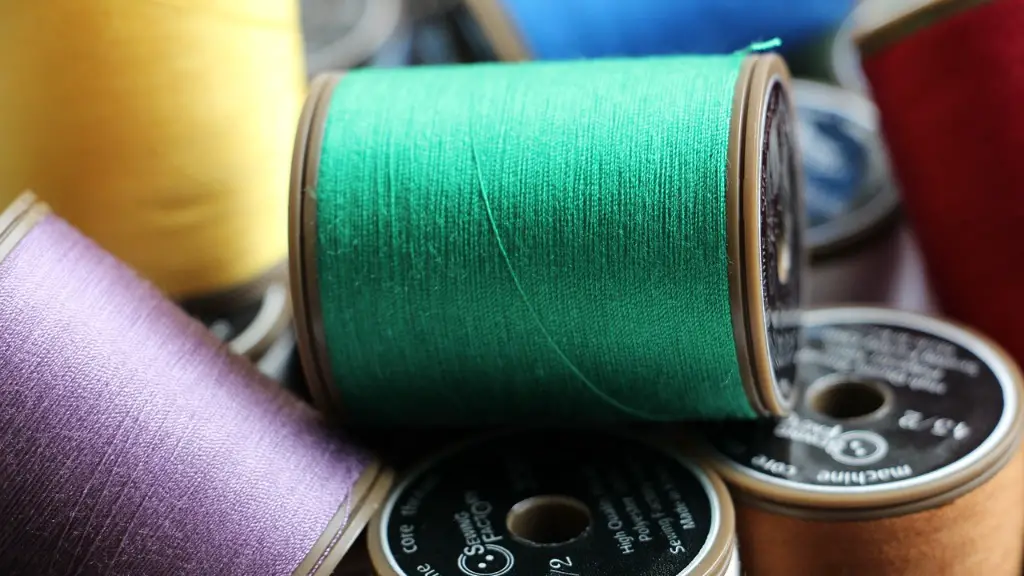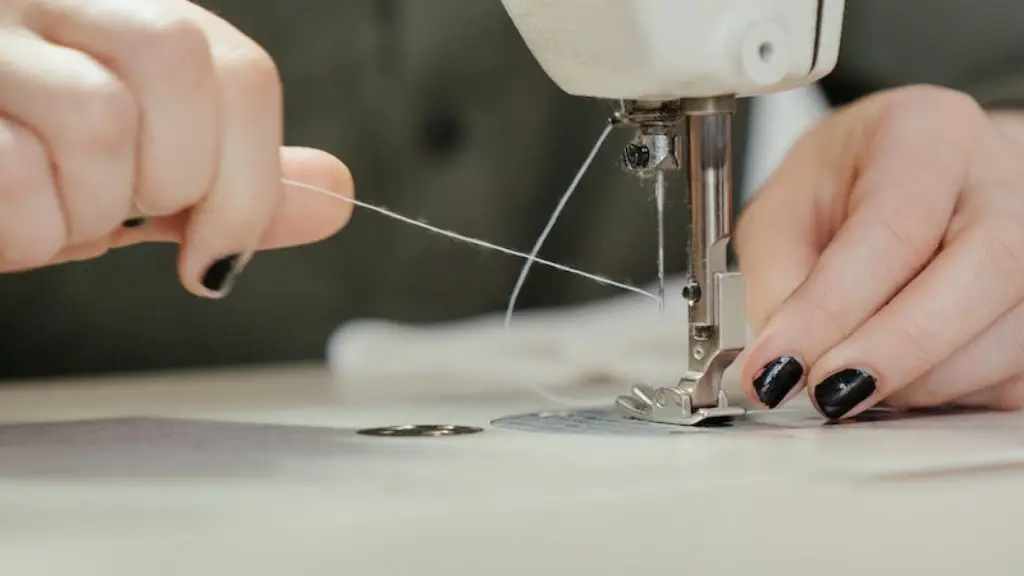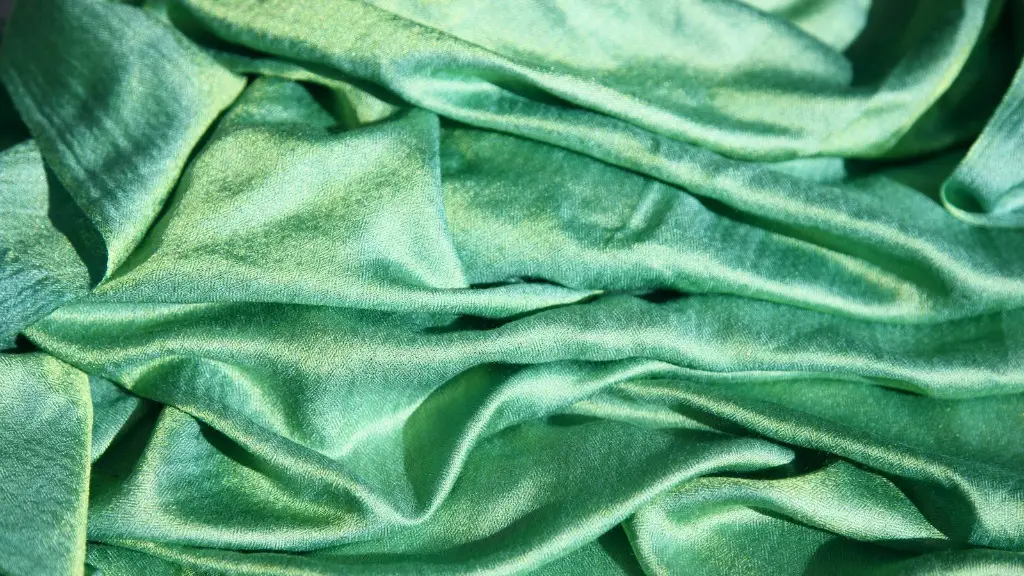What is an Overlock Stitch?
An overlock stitch is a type of sewing technique which overlaps two pieces of fabric while enclosing the raw edges at the same time. It is sometimes called a ‘serger stitch’ or ‘serging’, and is a combination of overcasting and stitching in one process. It is most commonly used in sewing projects such as shirts, skirts, and dresses as it helps to provide a professional-looking finish.
Why is an Overlock Stitch Important?
It is an important step in the stitching and finishing process as it strengthens the fabric seams, reduces fraying of the fabric, and produces an attractive, neat, and sturdy finish. It’s also important to note that an overlock stitch requires special thread and the correct amount of tension.
Does my Sewing Machine Have an Overlock Stitch?
This really depends on the make and model of your sewing machine. Some sewing machines have an overlock stitch built-in, including some of the highest quality electronic models. However, if your machine does not have an overlock stitch, don’t worry. You can still do a good job of hemming, edging, and finishing your projects.
Do I Need an Overlock Stitch?
Whether you need an overlock stitch depends on the type of projects that you do. For example, if you make quilts or blankets then you will likely not require an overlock stitch. On the other hand, if you make garments or other items that require professional-looking finished seams and edges, then it is highly recommended to use an overlock stitch.
How Do I Use an Overlock Stitch?
Using an overlock stitch requires a few steps. First, line up the edges of the fabric and pin them together. Second, insert the special thread into the needle and the bobbin. Third, adjust the tension setting on the machine. Fourth, set the machine to the overlock stitch setting and sew. Finally, iron the fabric to neaten the stitches and make sure that they are secure.
Tips & Tricks When Using Overlock Stitches
There are a few tips and tricks to keep in mind when using an overlock stitch. Firstly, make sure that you are using the correct type of thread for your project – this will ensure that your stitches are strong and secure. Secondly, use a stabilizer underneath the fabric to prevent it from stretching too much. Finally, practice using the overlock stitch on a few scrap pieces of fabric before attempting a larger project.
Alternative to An Overlock Stitch
If your sewing machine does not have an overlock stitch, there are alternative ways to finish and secure the edges of your fabric. For example, a zigzag stitch is a great alternative as it provides similar results as an overlock stitch and can also be used on either a regular or an electronic machine. It is also worth noting that a recent development in the sewing world is ‘surging’, whereby the fabric edges are bound in bias tape or ribbons. This method is suitable for both lightweight and heavier fabrics.
Conclusion
Whether or not your sewing machine has an overlock stitch depends on the make and model of the machine. If your machine does not have the overlock stitch, then don’t worry – you can still achieve a good finish to your projects. However, it’s important to know that using an overlock stitch is a great way to provide a clean, neat, and professional looking finish to a sewing project.


